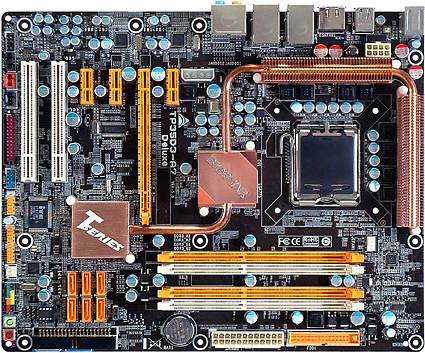Biostar's 'New-and-Improved' P35-DDR3 Motherboard
Introduction
When Intel first released its P35 chipset, a few firms stepped forward seeking quick publicity through the review process. To make it fair we had to invite everyone else, but with a warning: Every board submitted would be held to the same standards as retail parts. We didn't have time to review each model independently, while we made it clear that we'd certainly do a later article if enough companies were willing to wait.
But none of participating brands could afford to miss the opportunity to show off their wares, and many took a great risk by submitting pre-release samples that were supposed to be identical to the retail units, save for a few external details, such as sinks, boxes and accessory kits. The risk paid off in early exposure for several models, but a few failed to meet expectations.
Make no mistake, this update isn't meant to favor a particular brand: The only reason this particular board was chosen for an update when so many others were not is because of its previous failure. Biostar's TP35D3-A7 Deluxe Revision 0.51 was unable to boot whenever any clock speed change was made in BIOS, and Revision 5.0 was released to address this issue.
Biostar had delivered its earlier TP35D3-A7 Deluxe Revision 0.51 prior to receiving its heatpipe assemblies, substituting two standard sinks instead. Because Intel's chipsets run moderately cool, the early board suffered no heat problems using the substitute parts, but still wouldn't overclock. The production sink found on this retail board revision covers the Northbridge, Southbridge and the transistors of all eight power phases.
Join our discussion on this topic
Get Tom's Hardware's best news and in-depth reviews, straight to your inbox.

